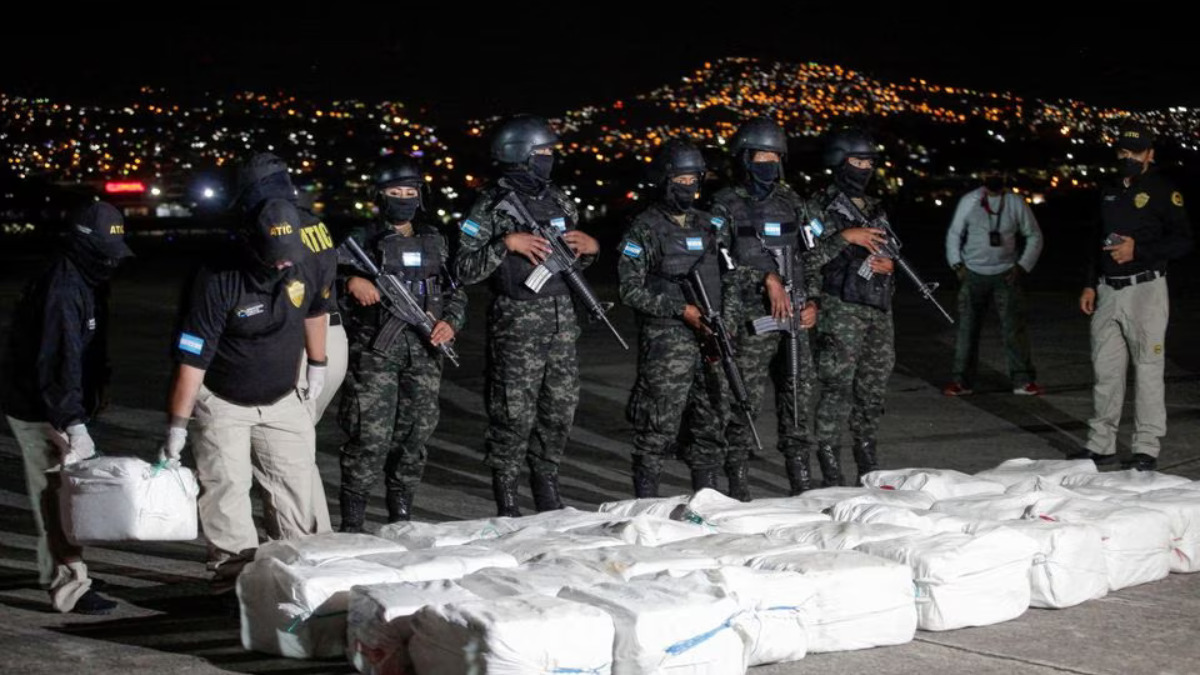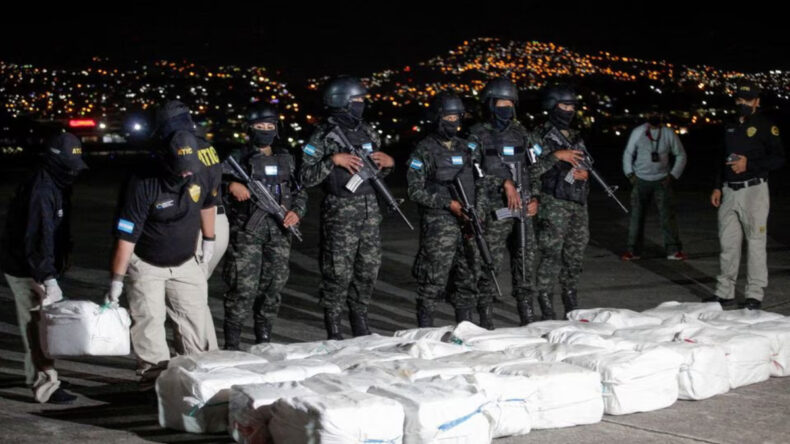A recent United Nations report has revealed that there is a global boom in the demand and supply of cocaine, along with an expansion of methamphetamine trafficking into new markets, including Afghanistan where the drug is now being produced.

According to the UN Office on Drugs and Crime’s World Drug Report, coca bush cultivation and total cocaine production reached unprecedented levels in 2021, with an estimated 22 million cocaine users worldwide. However, the report also notes that cocaine seizures have outpaced production, to some extent, thereby restricting the total supply. Interestingly, the upper estimate of the total supply is lower now compared to the mid-2000s.
The report emphasizes that the surge in both cocaine supply and demand is being felt globally, and it is likely to lead to the emergence of new markets beyond the traditional regions. While the Americas, Western and Central Europe, and Australia continue to be the primary centers of the global cocaine market, there is relative growth, albeit starting from low initial levels, in developing markets across Africa, Asia, and South-Eastern Europe.

Regarding methamphetamine, nearly 90% of the global seizures occurred in East and Southeast Asia, as well as North America. Although these markets have stabilized at high levels, the report indicates an increase in trafficking in other regions such as the Middle East and West Africa, signifying a shift in market dynamics.
The report further highlights the changing drug economy in Afghanistan. As the country already produces 80% of the world’s illicit opium poppy for heroin production, there are now reports and seizures related to locally manufactured methamphetamine. This suggests a transformation in Afghanistan’s drug landscape.
The UNODC report raises questions about the relationship between the illegal production of heroin and methamphetamine in Afghanistan, and whether these two markets will develop concurrently or if one will replace the other.
Cocaine and methamphetamine
Cocaine and methamphetamine are powerful stimulant drugs known for their intense effects on the body. Cocaine, derived from the coca plant, produces a surge of pleasure and energy but can also constrict blood vessels and pose heart risks. Methamphetamine, a synthetic drug, triggers euphoria, heightened energy, and focus. Prolonged use can result in addiction, sleep problems, paranoia, and dental issues. It is important to note that both substances are illegal due to their harmful nature. Seeking professional assistance is crucial for individuals struggling with substance abuse to ensure their well-being and recovery.
The global cocaine market is witnessing an upsurge in both supply and demand, which is being felt worldwide and is expected to create new markets beyond traditional regions. Similarly, methamphetamine trafficking is expanding beyond established markets, and while certain regions have stabilized, there is increased trafficking in other areas.
The U.N. strongly emphasizes the urgent need for concerted international efforts to comprehensively address the root causes of drug trafficking, including pervasive poverty, rampant corruption, and weak governance. Only through these collective measures can we effectively combat the associated violence and mitigate its broader societal impacts.
The report further highlights the changing drug economy in Afghanistan. As the country already produces 80% of the world’s illicit opium poppy for heroin production, there are now reports and seizures related to locally manufactured methamphetamine. This suggests a transformation in Afghanistan’s drug landscape.
The emergence of methamphetamine production in Afghanistan indicates a shift in the country’s drug economy, prompting inquiries about the potential connections between the illegal manufacture of heroin and methamphetamine, and how these markets will evolve.













